Behind the Scenes of the Dragon Ball Phenomenon: History, Creator, and Inspirations.
Dragon Ball: Where Tradition Meets Futuristic Vision
Dragon Ball, alongside its fiery protagonist, Goku, has not only shaped a generation of anime enthusiasts but also bridged the gap between ancient mythologies and a contemporary vision of the future. On o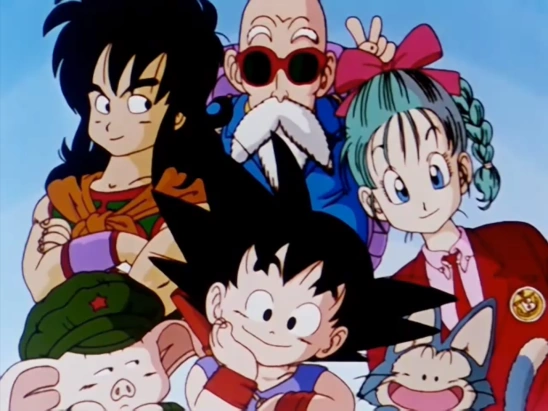
In the 1980s, as Japan's fascination with miniature electronics was on the rise, Akira Toriyama introduced Capsule Corp., a company dedicated to producing everyday items encapsulated in small capsules. This innovation merged Japan's traditional love for compactness and efficiency with a futuristic tech vision. Equally intriguing is how Dragon Ball's combat scenes drew inspiration from classic kung-fu movies, which Toriyama openly admitted to admiring. Jackie Chan's films, in particular, significantly influenced the series' combat style.
In this extraordinary blend of tradition and innovation, Dragon Ball not only tells a tale of searching for magical orbs but also a journey of self-discovery in an ever-evolving world.
 The Evolutionary Narrative of the Dragon Balls
The Evolutionary Narrative of the Dragon Balls
Born in 1955 in Nagoya, Akira Toriyama stands as one of the world's most renowned manga creators. Before achieving global fame with Dragon Ball, he honed his craft by drawing for various magazines and undertaking smaller projects. One of his earlier successes was "Dr. Slump", which gained traction in Japan and allowed him to refine his unique storytelling approach.
Dragon Ball's initial concepts were rooted in the classic Chinese narrative, "Journey to the West", which features Sun Wukong, the Monkey King, as its central figure. In fact, the initial episodes and manga chapters mirrored this tale more closely, with young Goku embodying several attributes characteristic of Sun Wukong, like the tail and a magical staff that could alter its size.
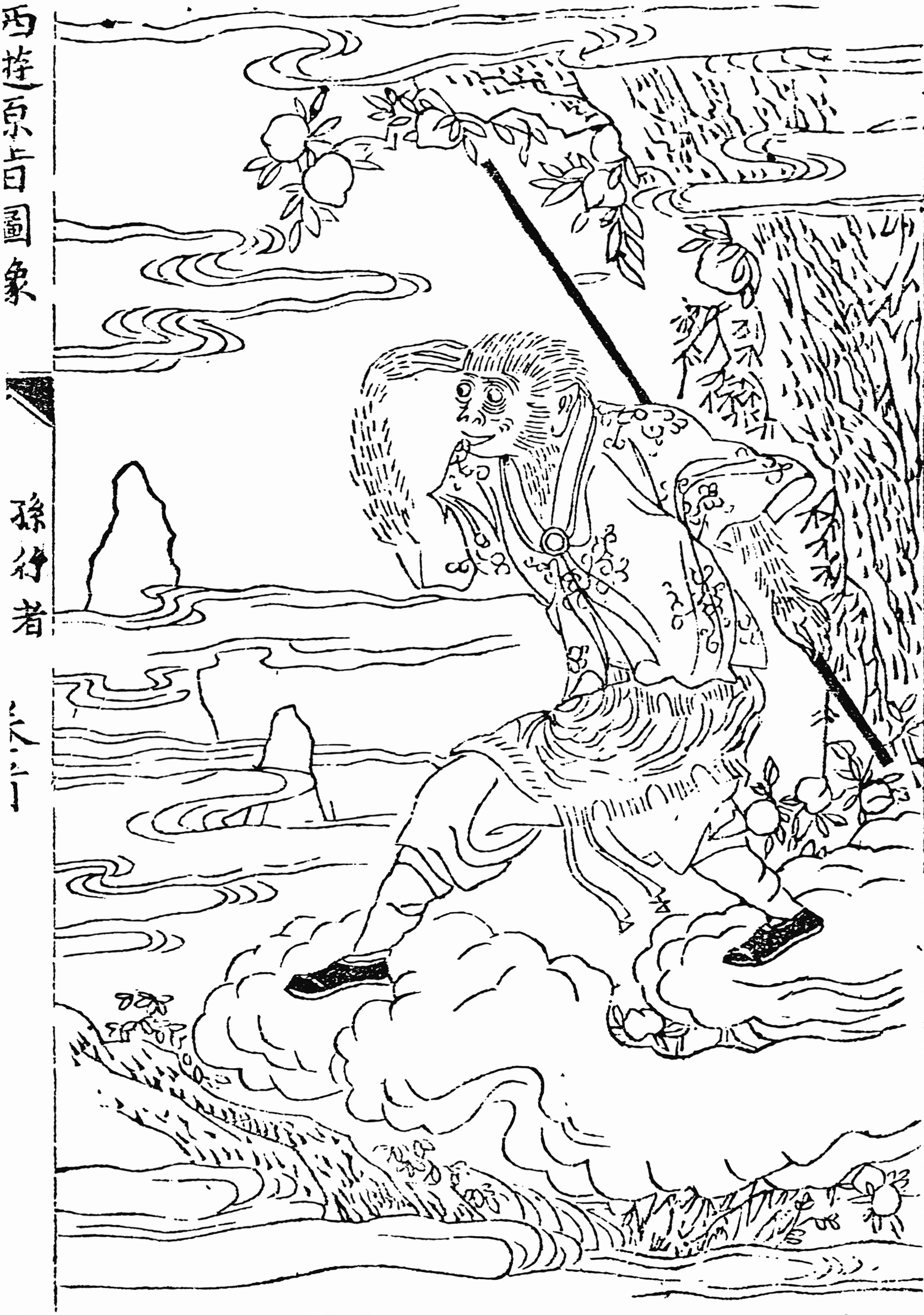
Interestingly, even though Dragon Ball drew from an ancient story, Toriyama seamlessly integrated modern and futuristic elements. His brainchild, the idea of Capsule Corp, along with the numerous interstellar characters and technologies, manifested this vision. Through this, the series' creator illustrated that even in a universe steeped in tradition, innovation has its rightful place.
 Evolution of the Series
Evolution of the Series
"Dragon Ball" began as a tale about a young boy named Gokū, embarking on a quest to find seven magical orbs. As the series progressed, it introduced not only a variety of characters and worlds but also deeper, more intricate themes of friendship, rivalry, and sacrifice. However, when the series evolved into "Dragon Ball Z," the narrative's tone shifted. The focus now was more on intense battles, interstellar confrontations, and the revelation of Gokū's origin as a Saiyan. The drama, scale, and ferocity of the battles reached a new zenith, presenting fans with epic showdowns, such as the battles against Frieza and Cell.
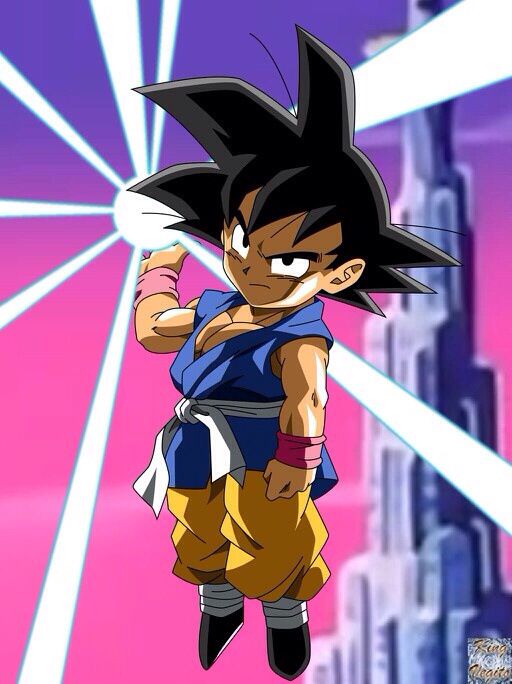
In contrast, "Dragon Ball Super" harked back to the series' roots while introducing new facets, such as different universes, gods of destruction, and multiverse tournaments. Under Toriyama's supervision, "Super" continued the series' legacy while expanding it in new, thrilling directions, showcasing the further adventures of Gokū, Vegeta, and their friends against even mightier adversaries.
Dragon Balls of Eastern Inspiration
The story of Dragon Ball is deeply rooted in Eastern culture, drawing from rich Chinese and Japanese sources of inspiration. One of the most evident influences is the Chinese tale "Journey to the West," centered around the Monkey King, Sun Wukong. The early adventures of young Gokū, with his monkey tail, magical staff that could change size, and the cloud he flew on, directly echo this classic narrative.
Spirits, Demons, and the Cosmos
The world of Dragon Ball also features numerous characters and elements inspired by traditional Japanese beliefs and mythology. An example is King Yemma, based on the Japanese deity of the afterlife, determining the fate of souls post-death. Concepts like Ki - the life energy of characters - are rooted in traditional Eastern notions of vital energy.
Character Gallery and Their Inspirations:
• Gokū: As previously mentioned, his character was originally inspired by Sun Wukong, the Monkey King. However, as the series progressed, Gokū became a more independent character, representing universal values such as honor, friendship, and the constant pursuit of perfection.
 • Master Roshi (Master Kame): His character and fighting style allude to traditional martial arts masters who pass on their knowledge to the younger generation. His perverted tendencies are a commonly found joke in traditional Eastern tales about old masters.
• Master Roshi (Master Kame): His character and fighting style allude to traditional martial arts masters who pass on their knowledge to the younger generation. His perverted tendencies are a commonly found joke in traditional Eastern tales about old masters.
• Piccolo: His origin and appearance reference traditional Japanese demons, called oni. His transformation from foe to ally also reflects traditional themes of redemption in Eastern culture.
 • Bulma: Her character and role as an inventor is often found in Japanese tales about geniuses and scientists. Her name (derived from "bloomers") is an example of Toriyama's playful approach to character naming, drawing from everyday objects.
• Bulma: Her character and role as an inventor is often found in Japanese tales about geniuses and scientists. Her name (derived from "bloomers") is an example of Toriyama's playful approach to character naming, drawing from everyday objects.
• Frieza (Freezer): His character and role as a cosmic tyrant might be inspired by traditional Eastern visions of demonic rulers. His various transformation forms also relate to concepts of evolution and transformation present in many Eastern myths.
• Oolong and Puar: These two characters resemble traditional Japanese beliefs in shape-shifters called "kitsune" (foxes) and "tanuki" (canine creatures). Traditionally in Japanese mythology, these creatures had the ability to change form, often transforming into humans. Oolong, although a pig, possesses the ability to transform just like Puar, who can take on various forms.
• Korin (Karin-sama): A white cat who is a martial arts master, living on a tall tower and cultivating special beans. His character might reference traditional Japanese beliefs in supernatural beings called "bakeneko" or "nekomata" - cats capable of speaking and using magic.
• World Martial Arts Tournament (Tenkaichi Budōkai): Organized tournaments where warriors from all over the world compete are a nod to real martial arts tournaments held in Japan and other East Asian countries. It's a place where a warrior's honor, rivalry, and pride come to the forefront.
• Planet Namek: Piccolo's home planet and the origin of the dragon balls. Its name, "Namek", is derived from the Japanese word "namekuji", meaning snail. This is fitting, as the planet's inhabitants, the Namekians, have slimy, green skin and a snail-like appearance.
 • Androids 16, 17, and 18: These characters, being artificially created beings, might draw inspirations from the concept of "karakuri ningyō" - traditional Japanese mechanical dolls. The story of these androids, especially their struggle against their own programming and their search for humanity, reflects Japanese fascinations with technology and its influence on human nature.
• Androids 16, 17, and 18: These characters, being artificially created beings, might draw inspirations from the concept of "karakuri ningyō" - traditional Japanese mechanical dolls. The story of these androids, especially their struggle against their own programming and their search for humanity, reflects Japanese fascinations with technology and its influence on human nature.
In this way, Akira Toriyama combined traditional elements of Eastern culture with his own innovative concepts, creating a universe that has become one of the most recognizable in the world of manga and anime.
 Behind the Scenes of Dragon Ball: Toriyama's Collaboration with Toei Animation
Behind the Scenes of Dragon Ball: Toriyama's Collaboration with Toei Animation
Akira Toriyama, born in 1955 in Nagoya, began his career as an artist in an advertising agency before deciding to focus on creating manga. His first success was "Dr. Slump", which became popular in the 80s. However, the real breakthrough in his career was Dragon Ball, first published in 1984 in the weekly "Shonen Jump".
Creating a manga is not just an artistic process, but also a logistical challenge. Toriyama often had to deliver new chapters on the fly, generating immense time pressure. Moreover, trying to surprise his readers, he often improvised the plot development, sometimes leading to inconsistencies in the story.
The adaptation of Dragon Ball into anime began in 1986. The adaptation process was full of challenges, as the manga was still being published. Toei Animation had to adjust the pace of production to not outpace the manga. This sometimes led to the creation of "filler" episodes, which had no counterpart in the original version.
Toei Studio played a crucial role not only in adaptation but also in shaping characters and storyline. Collaboration with Toriyama was close, but not always conflict-free. Nevertheless, Toei delivered many unforgettable moments, such as Gokū's first transformation into Super Saiyan, resulting from this synergy.
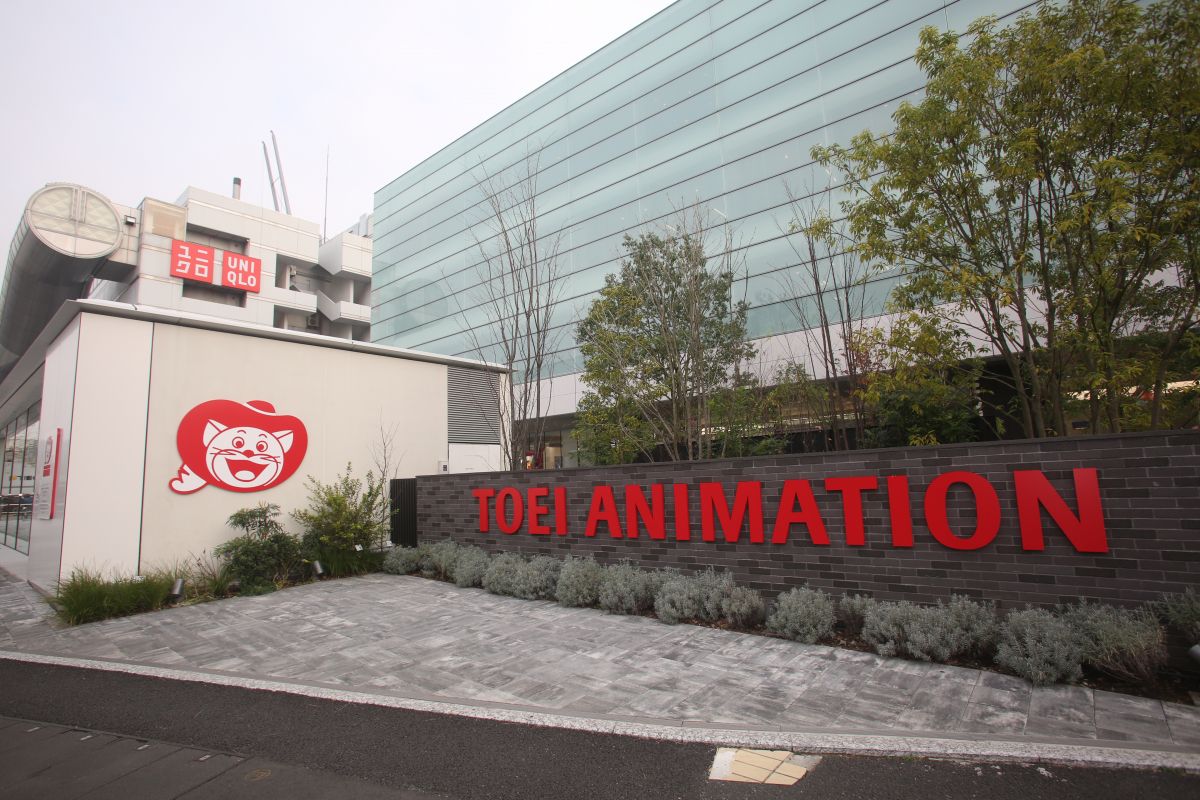
The role that fans played in shaping Dragon Ball cannot be overlooked. Their reactions, opinions, and support often influenced the decisions of both Toriyama and the Toei studio. For instance, the character Vegeta was initially set to leave the stage after the Saiyan saga, but due to his popularity among readers and viewers, he remained one of the main characters until the end of the series.
 Dragon Ball: From Japan to Global Conquest
Dragon Ball: From Japan to Global Conquest
In Japan, ever since the first publication of "Dragon Ball" in the "Shonen Jump" weekly in 1984, the series has gained immense popularity. Young readers eagerly followed the adventures of Gokū and his friends, and the characters quickly became pop culture icons. Manga events were hotly discussed in playgrounds, schools, and homes, and Dragon Ball-related products, such as toys, clothing, and video games, enjoyed immense interest.
By the late 1980s and early 1990s, when the anime began to be broadcast outside Japan, Dragon Ball became a global phenomenon. The first success came in Asian countries, such as South Korea and the Philippines. Later, thanks to adaptations and translations, the series gained huge popularity in Europe, Latin America, and the United States. As a result, characters like Gokū, Vegeta, and Piccolo became known worldwide.
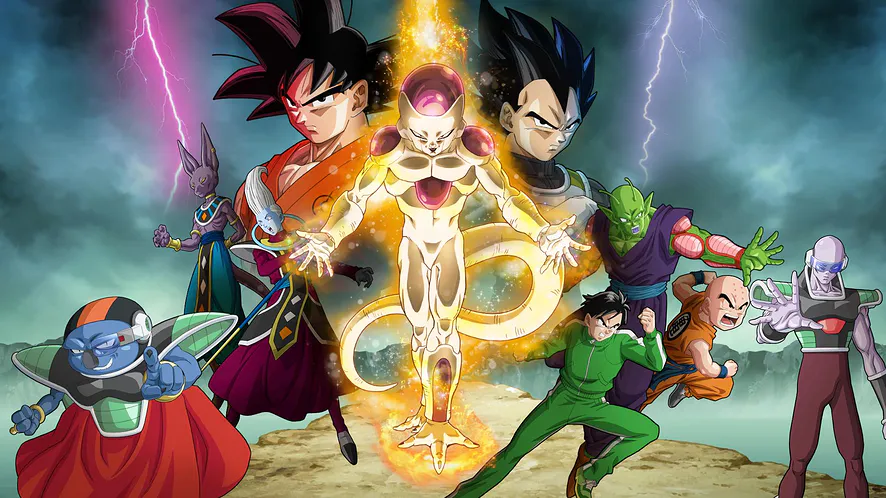
Outside Japan, the influence of Dragon Ball on global pop culture is undeniable. Many Western creators, such as rappers, film directors, and game developers, openly admit to being inspired by Dragon Ball. The series was one of the first animes to open doors for other Japanese productions in Western markets. Memories of many fans associated with watching Gokū's adventures in childhood are common worldwide, testifying to the incredible impact of this story.
Akira Toriyama - The Storytelling Mastermind Behind Dragon Ball
Akira Toriyama was born on April 5, 1955, in Nagoya, in the Aichi prefecture of Japan. Before becoming a world-famous mangaka, he worked in an advertising agency, where he honed his drawing skills. However, his true passion was always related to storytelling.
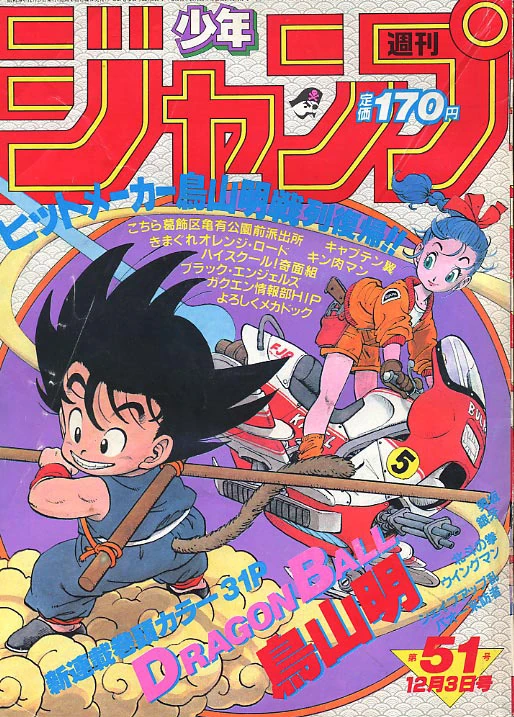
Toriyama is known for his ability to create characters that are both expressive and deep. His approach combines traditional Japanese motifs with modern design and character. In Dragon Ball, for instance, characters like Master Roshi and Piccolo have both comedic and serious traits, making them unforgettable.
The idea for the character Bulma, one of Gokū's first companions, had its roots in Toriyama's personal life. His wife, Mikami, was the inspiration for this strong and independent character. Incidentally, the name "Bulma" comes from the Japanese word for women's short, loose shorts (English: Bloomers -> Japanized as "buruma"), reflecting Toriyama's humor and his fascination with fashion.
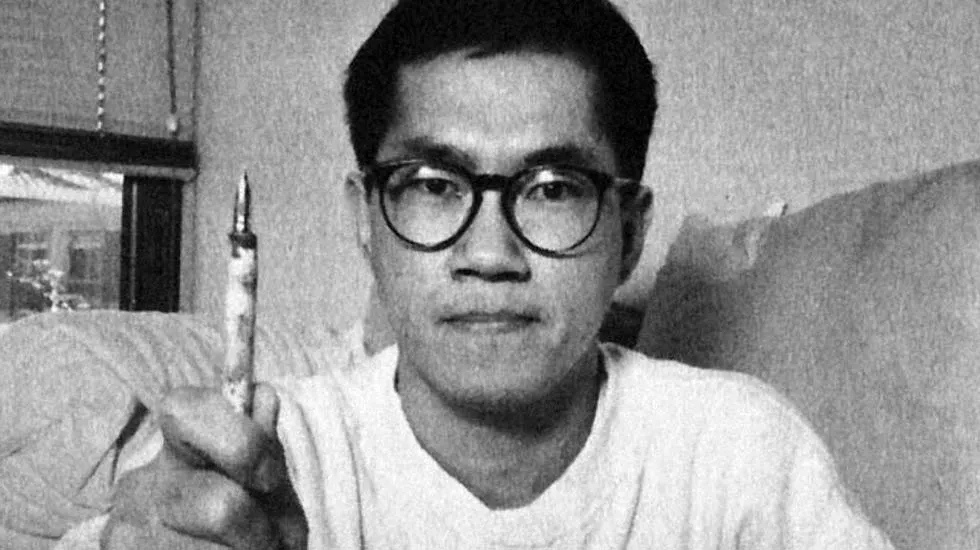
An interesting tidbit is that Toriyama is a big fan of vehicles. His love for cars and motorcycles is evident in many parts of Dragon Ball, including Gokū's early adventures on a motorbike with Bulma. Toriyama himself owns a collection of classic cars that often appear in the background of his stories.
Surprising Trivia about Dragon Ball
Vegeta was meant to be a one-time character. When Vegeta was introduced into the series, Akira Toriyama originally intended for him to be a character that would appear only for a short duration. However, the Saiyan's popularity among fans was so immense that Toriyama decided to permanently integrate him with the main cast.
Frieza was inspired by Toriyama's fears. Frieza, one of the most reviled antagonists in the series, was inspired by Toriyama's childhood nightmares. The creator admitted that Frieza's character was based on the "worst monsters" he imagined as a child.
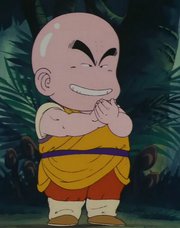
Krillin didn't have a nose, but it didn't hinder his breathing. Toriyama chose not to draw a nose for Krillin, which became a running gag in the series. Once in an interview, when asked why Krillin doesn't have a nose, he jokingly responded that Krillin breathes through his skin.
A villain from "Dr. Slump". In one of the "Dragon Ball" anime episodes, Goku ends up in Penguin Village, where he meets characters from another of Toriyama's series, "Dr. Slump". The most surprising element is that the main antagonist from that series, General Blue, is stronger than young Goku, showcasing the vast growth in character power levels in the subsequent "Dragon Ball" sagas.
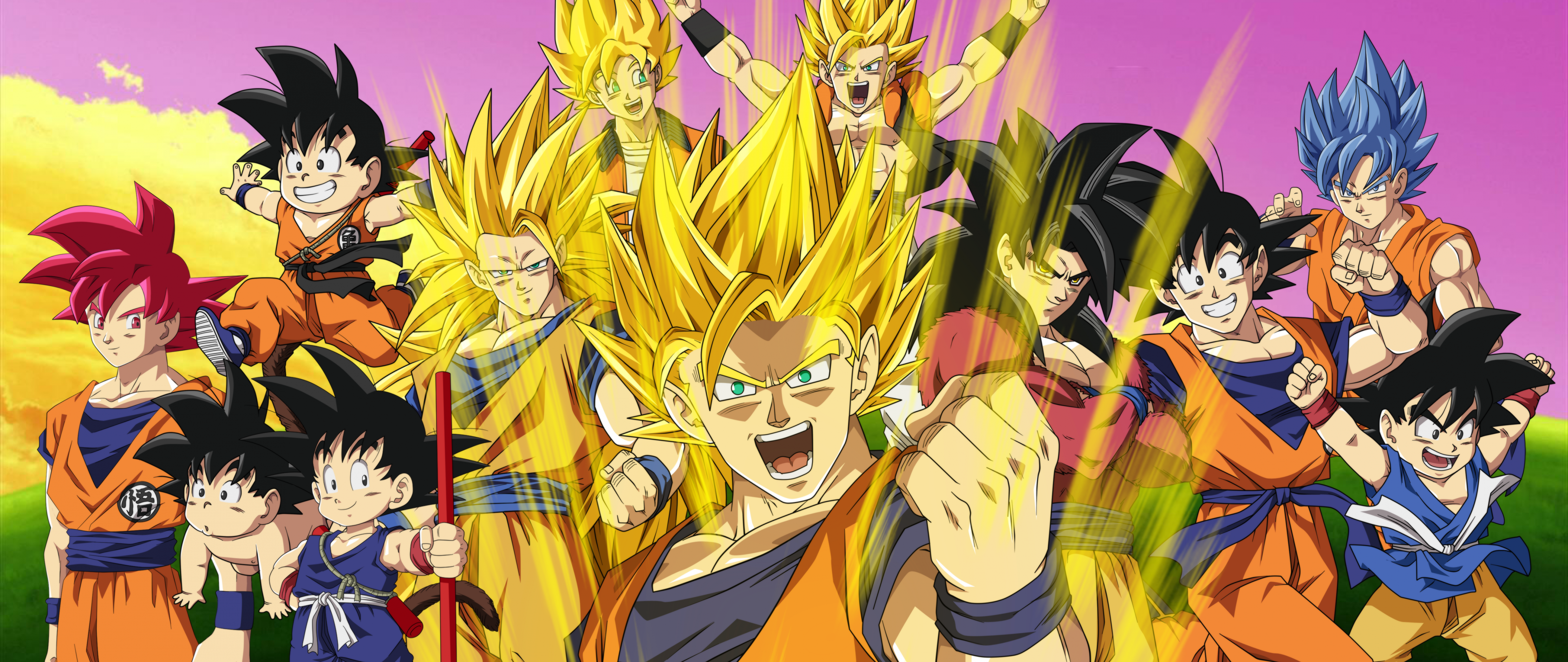
Dragon Ball: A Giant for Several Generations
Dragon Ball is more than just a manga or anime series; it's a cultural phenomenon that has captivated the imaginations of many for decades, defining the shonen genre and inspiring successive generations of creators. Not only Japan but the entire world has been enchanted by the adventures of Goku and his friends, learning vital lessons about friendship, determination, and pushing beyond limits.
Unwittingly, Toriyama created something that will outlive many generations, making Dragon Ball a universal tale of striving for excellence and pushing the boundaries of possibility. Thanks to his vision, many young creators embarked on their own projects, hoping to achieve even a fraction of the success that Dragon Ball has garnered. It stands as a testament to the enduring and universal nature of this story, which remains in the hearts of fans worldwide.
"Strong Japanese Women"
see book by the author
of the page
未開 ソビエライ
An enthusiast of Asian culture with a deep appreciation for the diverse philosophies of the world. By education, a psychologist and philologist specializing in Korean studies. At heart, a programmer (primarily for Android) and a passionate technology enthusiast, as well as a practitioner of Zen and mono no aware. In moments of tranquility, adheres to a disciplined lifestyle, firmly believing that perseverance, continuous personal growth, and dedication to one's passions are the wisest paths in life. Author of the book "Strong Women of Japan" (>>see more)
Personal motto:
"The most powerful force in the universe is compound interest." - Albert Einstein (probably)
Mike Soray
(aka Michał Sobieraj)
未開 ソビエライ
An enthusiast of Asian culture with a deep appreciation for the diverse philosophies of the world. By education, a psychologist and philologist specializing in Korean studies. At heart, a programmer (primarily for Android) and a passionate technology enthusiast, as well as a practitioner of Zen and mono no aware. In moments of tranquility, adheres to a disciplined lifestyle, firmly believing that perseverance, continuous personal growth, and dedication to one's passions are the wisest paths in life. Author of the book "Strong Women of Japan" (>>see more)
Personal motto:
"The most powerful force in the universe is compound interest." - Albert Einstein (probably)
Mike Soray
(aka Michał Sobieraj)
Write us...
Ciechanów, Polska
dr.imyon@gmail.com
___________________
inari.smart
Would you like to share your thoughts or feedback about our website or app? Leave us a message, and we’ll get back to you quickly. We value your perspective!
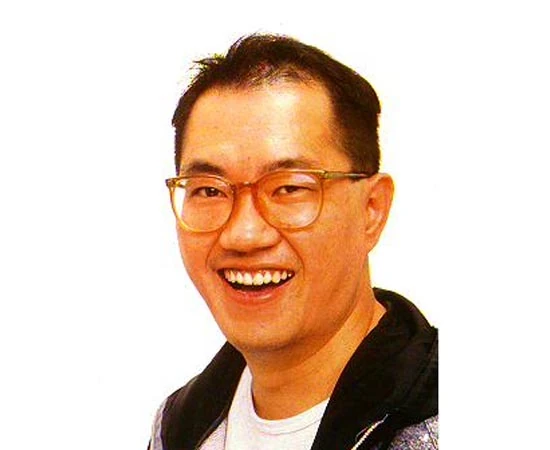 The Evolutionary Narrative of the Dragon Balls
The Evolutionary Narrative of the Dragon Balls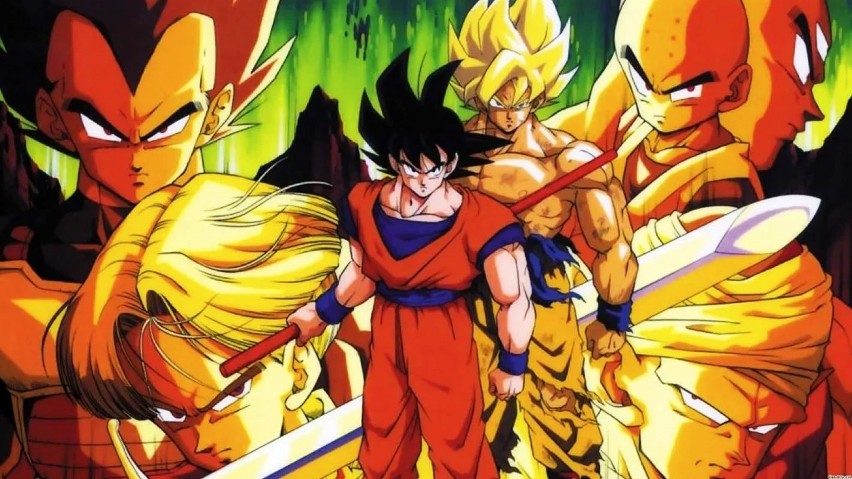 Evolution of the Series
Evolution of the Series 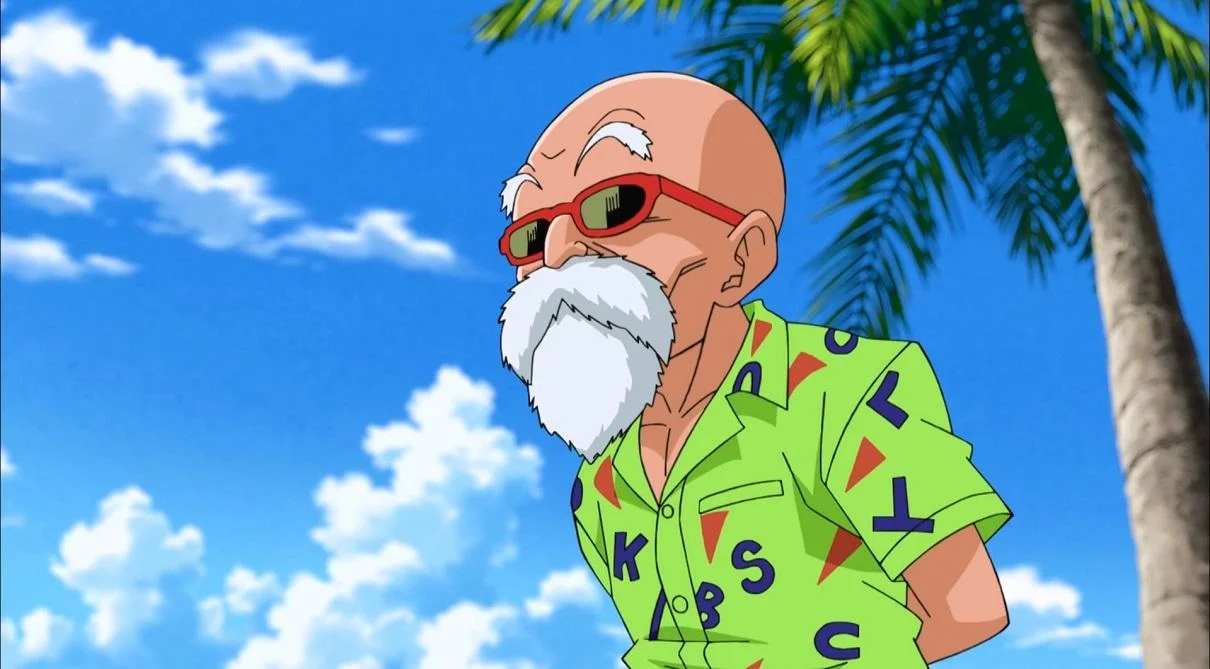 • Master Roshi (Master Kame): His character and fighting style allude to traditional martial arts masters who pass on their knowledge to the younger generation. His perverted tendencies are a commonly found joke in traditional Eastern tales about old masters.
• Master Roshi (Master Kame): His character and fighting style allude to traditional martial arts masters who pass on their knowledge to the younger generation. His perverted tendencies are a commonly found joke in traditional Eastern tales about old masters. 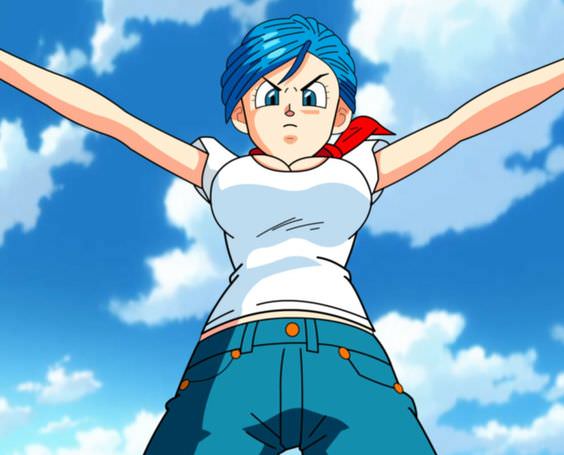 • Bulma: Her character and role as an inventor is often found in Japanese tales about geniuses and scientists. Her name (derived from "bloomers") is an example of Toriyama's playful approach to character naming, drawing from everyday objects.
• Bulma: Her character and role as an inventor is often found in Japanese tales about geniuses and scientists. Her name (derived from "bloomers") is an example of Toriyama's playful approach to character naming, drawing from everyday objects.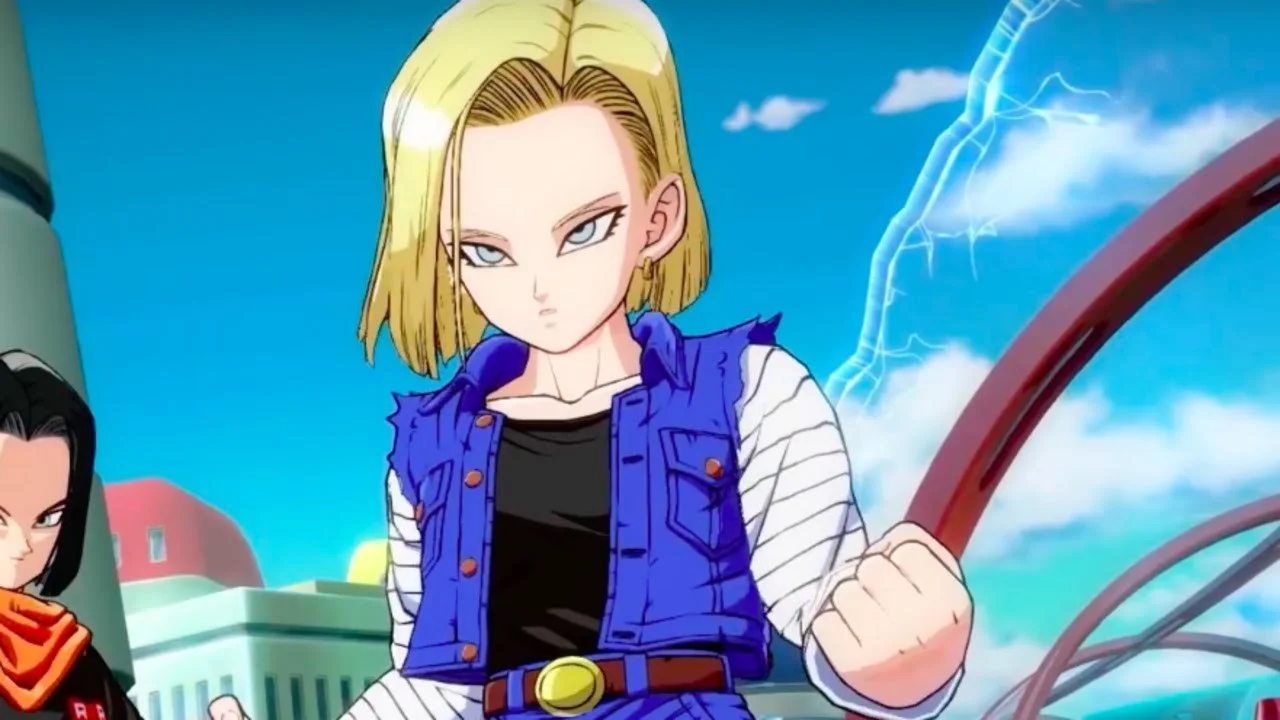 • Androids 16, 17, and 18: These characters, being artificially created beings, might draw inspirations from the concept of "karakuri ningyō" - traditional Japanese mechanical dolls. The story of these androids, especially their struggle against their own programming and their search for humanity, reflects Japanese fascinations with technology and its influence on human nature.
• Androids 16, 17, and 18: These characters, being artificially created beings, might draw inspirations from the concept of "karakuri ningyō" - traditional Japanese mechanical dolls. The story of these androids, especially their struggle against their own programming and their search for humanity, reflects Japanese fascinations with technology and its influence on human nature.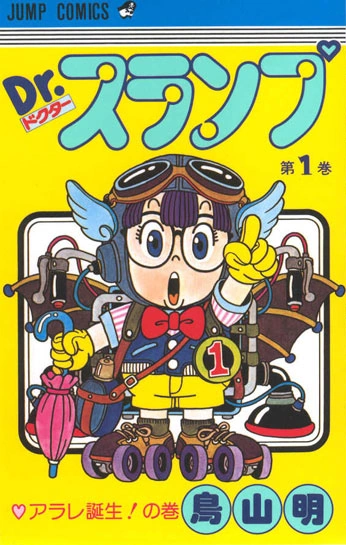 Behind the Scenes of Dragon Ball: Toriyama's Collaboration with Toei Animation
Behind the Scenes of Dragon Ball: Toriyama's Collaboration with Toei Animation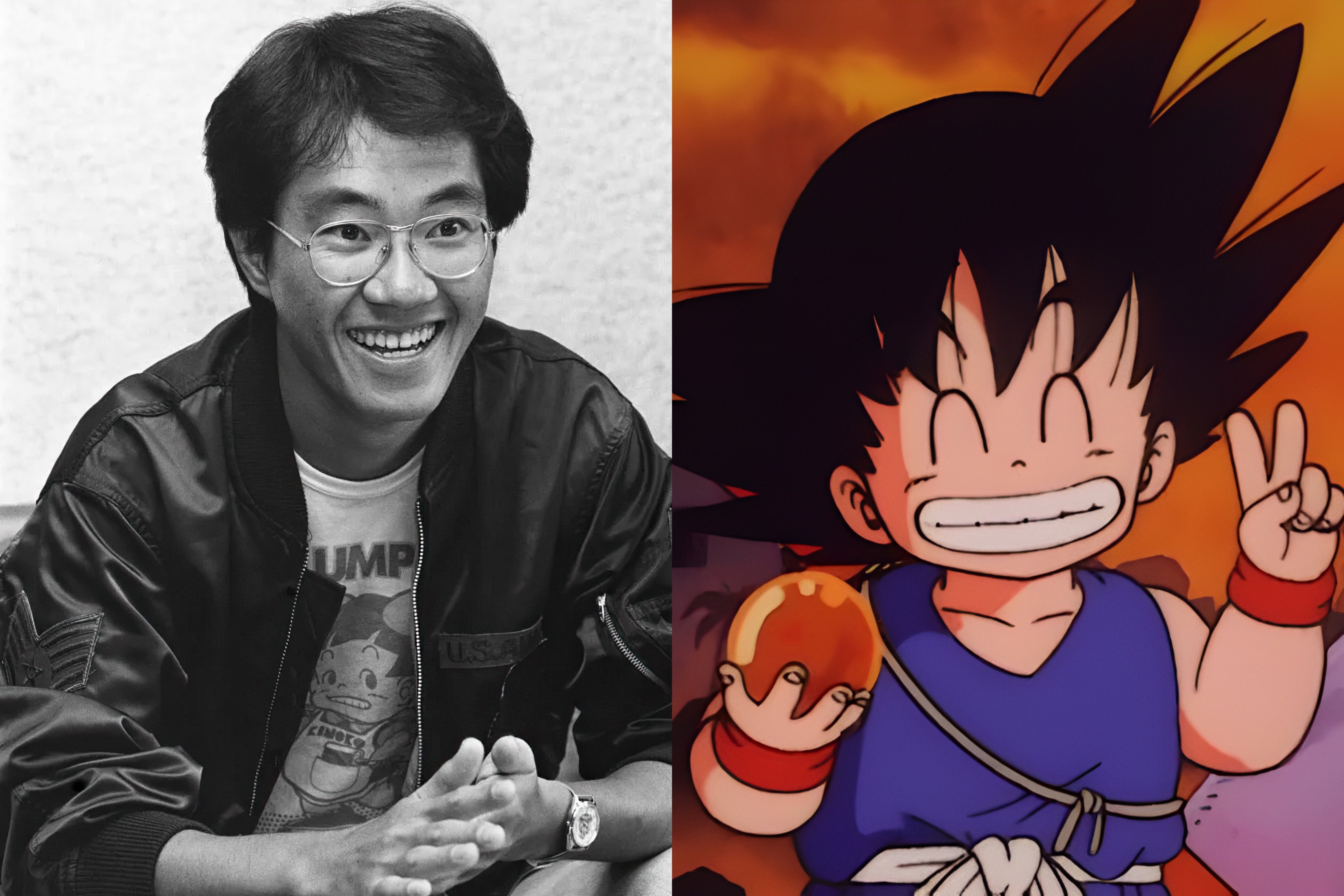 Dragon Ball: From Japan to Global Conquest
Dragon Ball: From Japan to Global Conquest 

